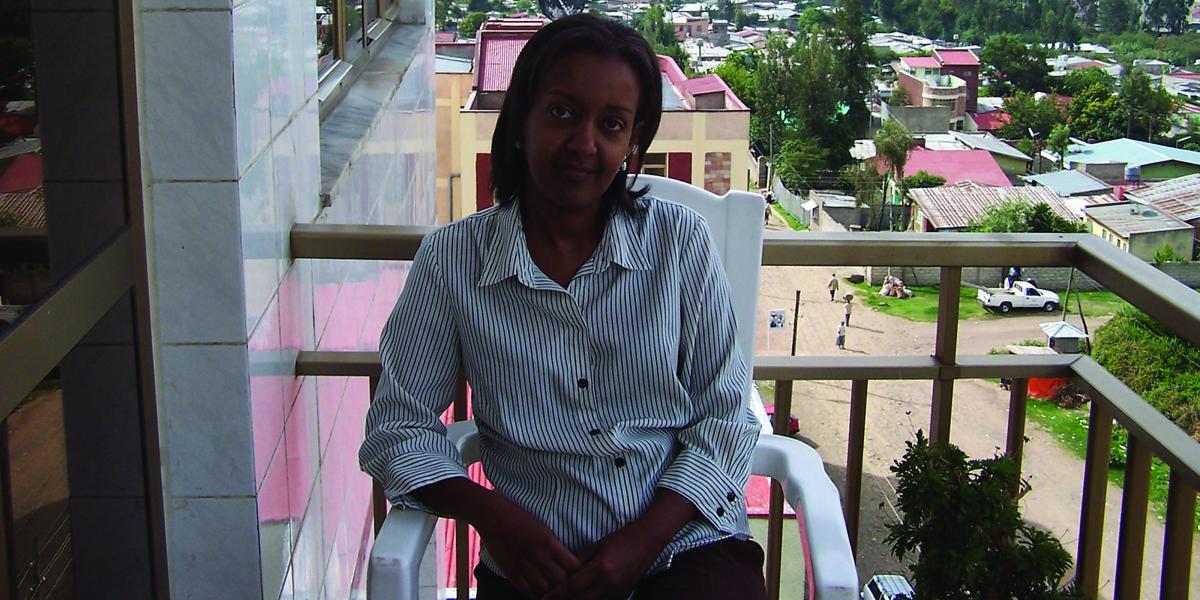Racing Time to Save Children's Lives
Time should be a child's most abundant inheritance, but many African children born HIV positive measure life in months, not years.
Their situation is further imperiled because advances in HIV treatment and diagnosis are rolled out for adults first and only later reach pregnant mothers and children. "I'm a pediatrician. My hissy fits are about the kids," says Andrea Ruff, MD, associate professor of International Health and director of a program in Ethiopia associated with the President's Emergency Plan for AIDS Relief (PEPFAR). "The concern with children is you have less time to wait. Maybe 20 percent of HIV-positive kids will die in the first year of life. Up to 50 percent will die by the second year of life."
Before giving antiretroviral medications (ARVs), clinicians need an accurate diagnosis. In resource-poor areas like rural Ethiopia, this can be difficult to get. For children younger than 18 months, the standard antibody test is useless because infants still have maternal antibodies. Clinicians may fall back on easier-to-obtain lymphocyte counts, but low values only indicate a weak immune system, not necessarily HIV infection.
Clinicians not experienced in treating HIV-positive children with ARVs (which are potentially toxic drugs) are often reluctant to vary from guidelines. The diagnostic gold standard is polymerase chain reaction (PCR) technology. As part of their program, Ruff and colleagues like Aida Abashawl, an International Health research associate, are helping to establish an infrastructure in remote areas that will allow dried-blood specimens to reach sites with PCR and return definitive results. The team is also providing advanced pediatric training to physicians who have previously received only a brief introduction to treating HIV-positive children with ARVs.
The delay in available treatments for children also frustrates Ruff and colleagues in other developing countries. "Pediatric preparations are often not in the first round of medications," says Ruff. "You can't just grind up pills and guess how much to give. Children often need proportionally higher doses than adults of certain drugs. Your kidney and liver function change tremendously in the first few months of life."
Abashawl, an Ethiopian physician who earned her MPH from the School in 1992, believes that bringing early pharmaceutical and technological advances to children will first require a change in approaches to developing countries where one in 10 children often do not make it to their fifth birthday. "In general, when resources are scarce, children do get left behind. I think infant mortality is so high that, to a degree, society is not that shocked by children dying. It's just reality," says Abashawl.
